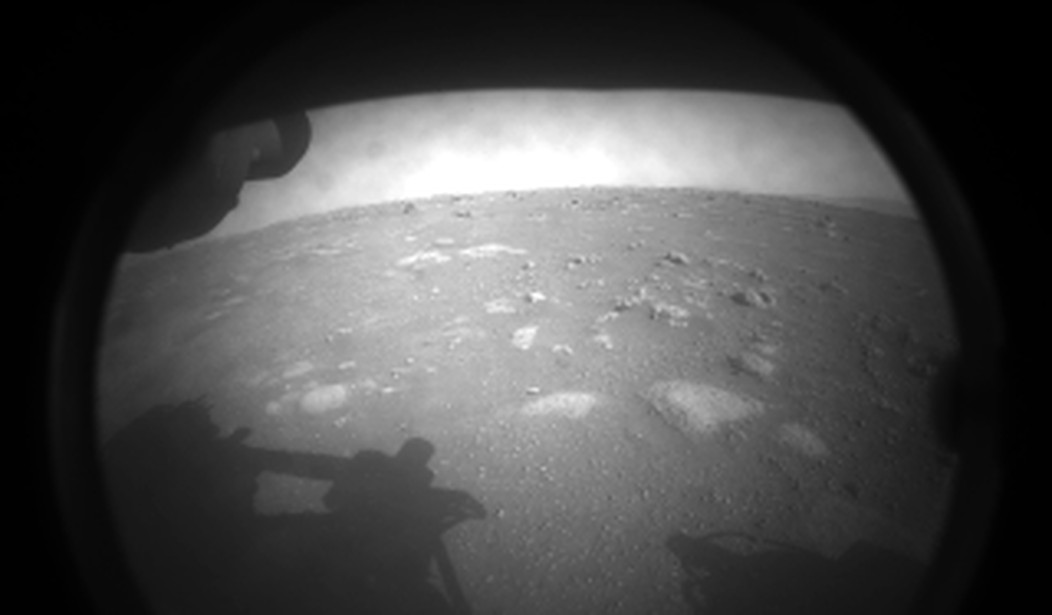Sometime on Sunday evening, history will be made on the planet Mars. A small, incredibly complex helicopter named Ingenuity will attempt to lift off from the surface, hover a few seconds, and then fly back to the surface. It will be the first powered flight of an aircraft on another planet in history and evokes comparisons with the Wright brothers’ flight of 120 years ago.
Ingenuity is a technology demonstration project that could revolutionize the way that our robot landers explore Mars and other planets. The helicopter hitched a ride to Mars on the rover Perseverance that landed on the red planet in February.
“It could be an amazing day,” Tim Canham, NASA’s Ingenuity operations lead, told reporters Friday. “We’re all nervous, but we have confidence that we put in the work and the time and we have the right people to do the job.
Ingenuity is a sprite of a helicopter, just four-pounds, with four pointy legs, two rotor blades that whirl at blinding speed in opposite directions, a solar panel and a fuselage packed with avionics designed to help it navigate the thin Martian atmosphere — another marvel to emerge from the labs at NASA’s Jet Propulsion Laboratory.
It’s no easy feat, flying a helicopter on Mars. The reduced gravity — about one-third of Earth’s — will help it take off and stay aloft. But the paucity of the Martian atmosphere, just 1 percent of the density of Earth’s, doesn’t give the blades much to chew on as they try to gain purchase for liftoff.
The ultra-thin atmosphere on Mars is the equivalent of about 100,000 feet of altitude on Earth, or three times the height of Mount Everest. In order to get off the ground and stay aloft, the rotors on the craft must spin at 2,400 revolutions a minute.
If all goes according to plan, the helicopter could make as many as five flights, each one more ambitious than the last. The second, for example, would fly slightly higher, to 16 feet, and then horizontally for a little bit before returning to the landing site.
The Perseverance rover will assist in Ingenuity’s flight, attempting to document it and relay signals back to Earth.
Ingenuity is a side benefit to the mission, a technology demonstration that could pave the way for more aircraft on Mars in the future that “could provide a supporting role as robotic scouts, surveying terrain from above,” NASA said.
Comparisons to the Wright Brothers may be a little geeky. The Wrights didn’t have $2.2 billion in tax money to play with. But just to drive the comparison with the Wrights home, Ingenuity has a postage-stamp-size bit of fabric from the brothers’ aircraft attached to a cable under the solar panel.










Join the conversation as a VIP Member